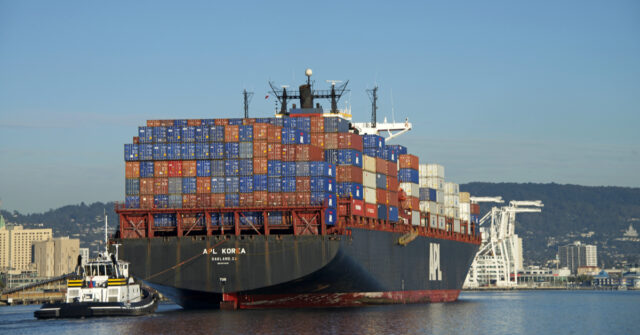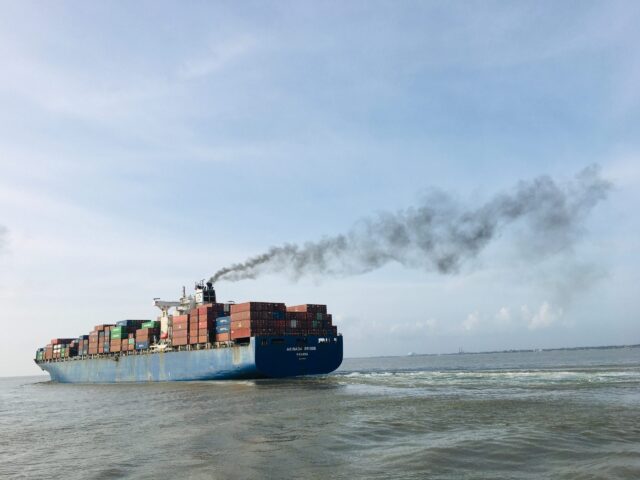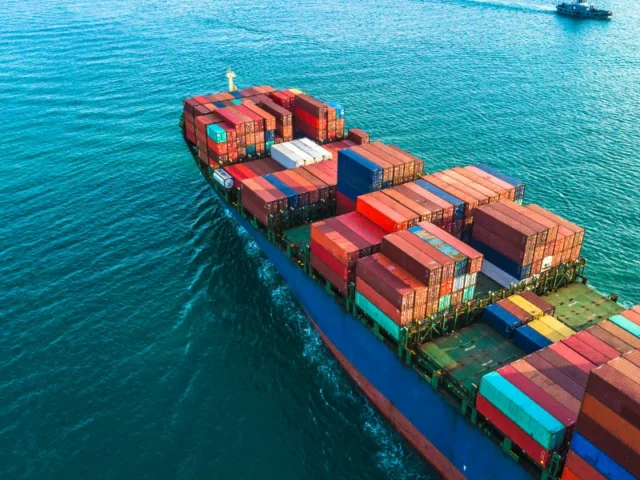
From consumer electronics to agricultural products, a significant portion of the world’s goods traverses the oceans, overcoming many challenges along the way. This article will explore the sea freight world and how it navigates and triumphs over the waves of shipping challenges.
The movement of goods across oceans has become a cornerstone of modern commerce. Sea Freight Company has pioneered the path for the conveyance of goods and has consistently held a crucial role within worldwide trade networks.
Often issues in Sea Freight
Fluctuations in supply and demand influence operational expenses, impacting the profitability of the global logistics industry. Supply chain issues have garnered considerable attention in recent times. Ocean freight, a rising preference for businesses seeking cost-efficient and environmentally conscious alternatives to air transport, presents a distinct array of challenges. These encompass:
1. Escalating Freight Expenses

Global container shortages have propelled ocean freight rates on major shipping routes to soar by over 300 percent, a trend that persists today. For goods of lower value, such as household items, toys, promotional products, and apparel, freight costs have burgeoned from 5% to more than 20% of their sourcing expenses.
2. Port Congestion Woes
A majority of these containers are positioned in inopportune locations, leading to port congestion. To gain access to port facilities, waiting in a queue is the sole recourse, resulting in loss of time and subsequent financial setbacks.
3. Carrier Capacity Dearth
Securing space on carriers for shipments is a considerable quandary currently faced by businesses. Overworked carriers have eroded the reliability of ocean freight services as a cohesive entity.
4. Scarcity of Crews
One of the primary challenges that loom over ocean freight shipping is the death of crew members. The root issue lies in the scarcity of young professionals opting for careers in shipping. This void in emerging talent to replace retiring experienced personnel threatens to impede meeting the demand.
Navigating the Trade Winds: Challenges at Sea

While efficient and cost-effective, sea freight faces a range of challenges that require careful navigation and innovative solutions. One of the most significant challenges is weather variability.
The world’s oceans are known for their unpredictability, with storms, hurricanes, and typhoons capable of disrupting shipping schedules and causing significant damage to vessels and cargo. These weather-related challenges require forecasting systems and real-time communication to ensure safety.
Furthermore, sea freight must contend with the ever-present challenge of piracy, particularly in regions like the Gulf of Aden and the waters off the coast of Somalia.
While piracy has been curtailed in recent years through international naval patrols and increased security measures on vessels, it remains a threat that shipping companies must consider when planning routes and ensuring the safety of their crews.
Containers and Capacity: Meeting Demand
The capacity of cargo ships and the way in which goods are arranged within containers are directly related to the effectiveness of shipping goods by sea. The worldwide shipping sector is dependent on standardized containers to facilitate the transfer of commodities between ships, lorries, and trains in a streamlined manner.
A rise in demand can strain container supply during high shipping seasons like the holiday shopping season, which can lead to delays as well as increased expenses. This can be caused by a surge in demand.
In addition to this, the size of container ships in and of themselves provides a hurdle. As a result of the ever-increasing volume of cargo that must be transported by larger ships, port facilities must likewise expand in size and become more technologically advanced in order to meet these demands.
This might result in bottlenecks in ports that are not adequately suited to handle these big vessels, which can cause delays and inefficiencies in the supply chain.
Environmental Pressures: A Call for Sustainability

As people become more conscientious about the environment, the shipping industry is facing increased criticism for the role it plays in contributing to pollution and the emission of greenhouse gases. Large volumes of carbon dioxide, sulfur dioxide, and nitrogen oxides are emitted into the atmosphere by cargo ships, which are fueled mostly by heavy fuels.
As a result of this, there has been a rising movement within the sector toward adopting techniques that are more environmentally friendly.
In response, maritime companies are looking for alternative fuels to power their vessels, such as liquefied natural gas (LNG) and hydrogen. These fuels are becoming increasingly popular.
In addition, there has been an increase in the use of slow-steaming tactics, which involve ships traveling at reduced speeds to reduce their overall fuel usage. Not only do these efforts address environmental concerns, but they also provide the possibility of economic savings in terms of fuel prices.
Innovations on the Horizon: Automation and Digitization
Innovation is becoming increasingly important in the shipping freight company as a means of addressing the concerns of capacity, efficiency, and sustainability. The process of tracking, handling, and transporting commodities is undergoing a sea change as a result of automation and digitization.
The implementation of blockchain technology in supply chains in order to make them more secure, transparent, and auditable is an important step forward.
Blockchain technology provides all parties engaged in a shipment with access to a single record of events. It helps to reduce the likelihood of disputes and increases the level of accountability.
In addition, the advent of autonomous ships is not far off. The shipping sector is looking into the possible advantages of remote-controlled or semi-autonomous ships, despite the fact that completely autonomous cargo vessels have not yet become a reality. These vessels may be able to improve navigation, lessen the likelihood of errors caused by humans, and function more effectively.

The Ever-Changing Function of Maritime Cargo in Global Commerce
Thanks to the constant advancement of technology, the industry is poised to integrate state-of-the-art solutions that will enhance operational efficiency, environmental consciousness, and workforce safety.
Maritime cargo consistently evolves, adjusts, and successfully manages the obstacles inherent in shipping complexities. This ensures the seamless transportation of commodities across vast oceans and into the hands of consumers worldwide.









